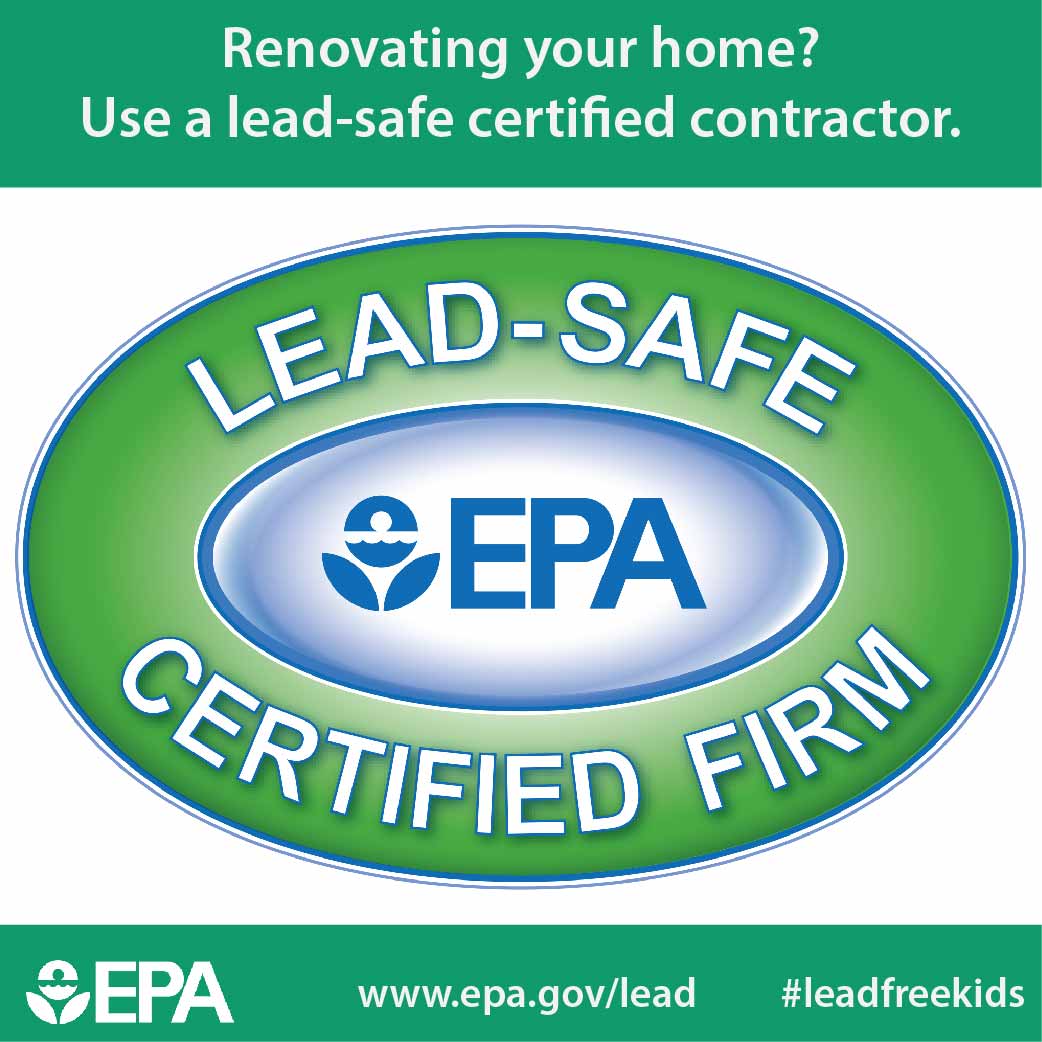When you're preparing an industrial external painting job, seasonal factors can make or break your results. You'll intend to think about exactly how temperature level and moisture effect paint application and drying times. Selecting the best season can guarantee your paint sticks correctly and lasts longer. Yet which periods are genuinely the most effective for this sort of job? Let's explore the key elements that can impact your project's success.
The Effect of Temperature Level on Paint Application
When you're planning an industrial outside paint task, the temperature level can significantly impact exactly how well the paint adheres and dries.
Preferably, you want to repaint when temperature levels vary in between 50 ° F and 85 ° F. If it's as well cold, the paint may not heal appropriately, causing concerns like peeling off or fracturing.
On the other hand, if it's too hot, the paint can dry as well promptly, protecting against appropriate bond and causing an irregular finish.
You ought to also consider the time of day; morning or late afternoon uses cooler temperature levels, which can be much more beneficial.
Always inspect the supplier's referrals for the particular paint you're making use of, as they often offer advice on the optimal temperature level array for ideal outcomes.
Humidity and Its Result on Drying Times
Temperature level isn't the only environmental aspect that influences your industrial external paint task; humidity plays a substantial role also. High humidity degrees can reduce drying out times substantially, impacting the general top quality of your paint job.
When the air is filled with dampness, the paint takes longer to heal, which can cause issues like inadequate bond and a greater threat of mold growth. If you're repainting on an especially damp day, be planned for prolonged wait times in between coats.
It's essential to keep an eye on neighborhood weather conditions and plan accordingly. Ideally, go for moisture levels in between 40% and 70% for optimum drying out.
Maintaining these consider mind ensures your task remains on track and delivers an enduring finish.
Best Seasons for Commercial Outside Painting Projects
What's the most effective time of year for your business external painting tasks?
Springtime and very early autumn are generally your best options. Throughout these seasons, temperatures are light, and moisture levels are usually lower, developing perfect conditions for paint application and drying out.
Stay clear of summer's intense heat, which can trigger paint to dry too swiftly, bring about poor attachment and surface. Similarly, wintertime's cool temperature levels can hinder proper drying and curing, risking the long life of your paint task.
straight from the source for days with temperature levels in between 50 ° F and 85 ° F for optimum outcomes. Keep in mind to inspect the regional weather forecast for rainfall, as wet problems can spoil your task.
Preparation around these elements ensures your painting task runs smoothly and lasts much longer.
Conclusion
In conclusion, planning your commercial outside paint tasks around seasonal factors to consider can make a considerable distinction in the end result. By scheduling work throughout the ideal temperatures and humidity degrees, you'll make sure better bond and drying times. try this in mind to watch on regional weather prediction and select the correct time of year-- spring and very early fall are your best options. Taking these actions will certainly assist you accomplish a long lasting and professional surface that lasts.
